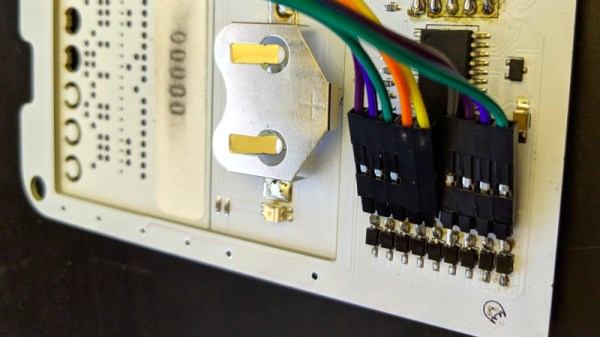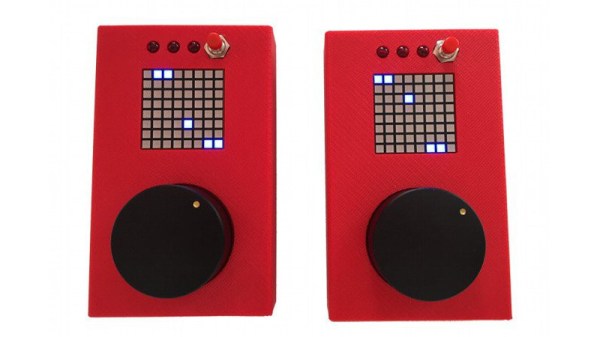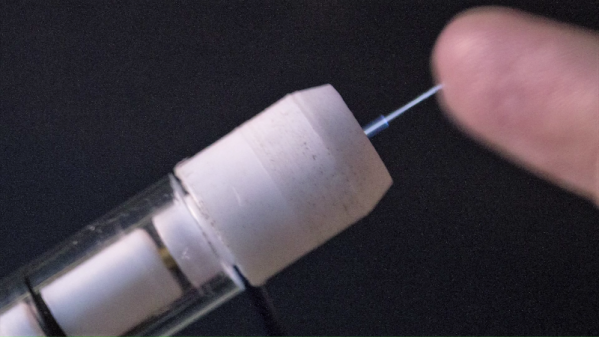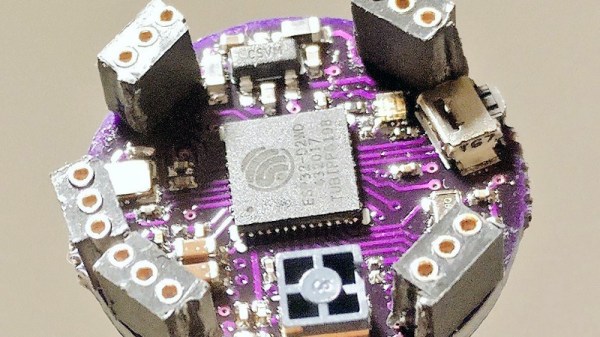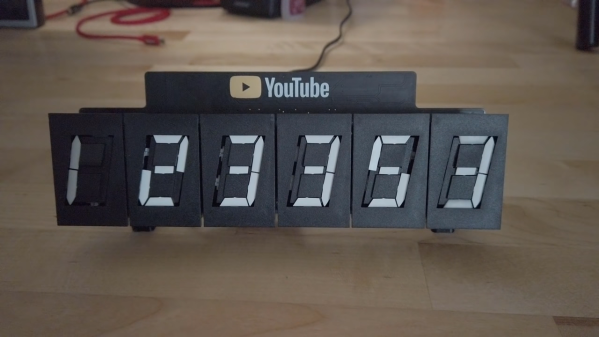The recent Cyphercon badge featured a very clever integrated paper tape reader, and had the hidden feature of a party mode in which all its lights would flash. When [Gigawatts] discovered this after the conference had ended, it was too late to find the tape to activate it. The solution? Build a tape emulator with a microcontroller hooked into the badge’s tape sensors to send the data directly into it.
It was a Tweet from [AND!XOR] that revealed the flashing hidden mode, and in case you missed it you can find all about the amazing badge in our review. The emulator takes a TI Stellaris LaunchPad LM4F120 and a set of jumper wires soldered directly to the jumper wires on the badge’s reverse. Hex values are created from a tape through an in-browser HTML page with a checkbox interface, a sketch converts the hex to tape, and the badge runs the code. The GitHub readme includes a description of the paper tape format as well as some sample tapes including a badge reset one for when you tire of party mode.
Most of us weren’t lucky enough to make it to Cyphercon and receive a badge. But we’re still impressed by the ingenuity of the badge’s designer, and by the complexity of the CTF game of which it formed a part.

